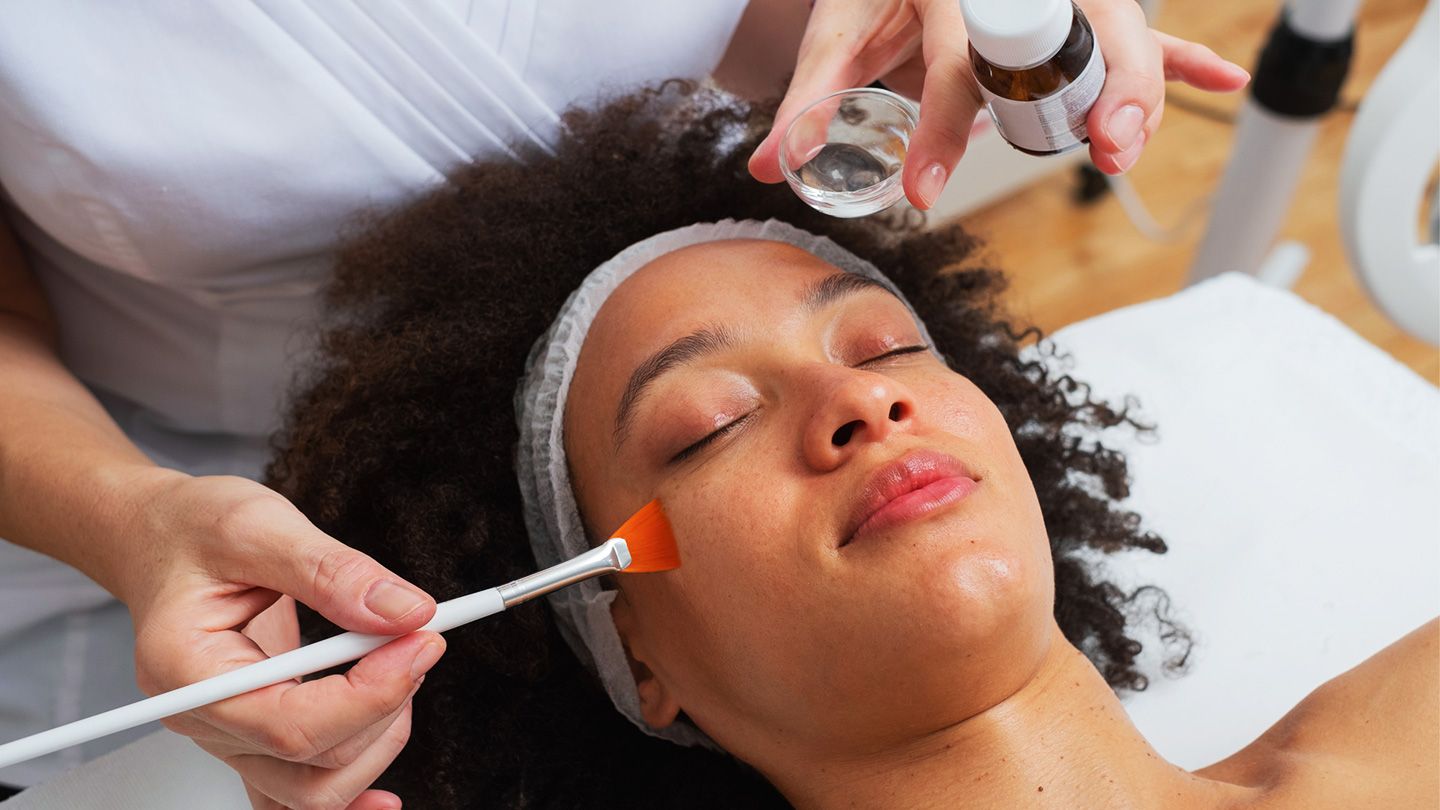
Ever wondered how celebrities maintain their flawless skin? The secret often lies in chemical peels. These treatments can rejuvenate your skin, making it look younger and healthier. But what exactly are chemical peels, and how do they work? In this post, we’ll dive into 45 fascinating facts about chemical peels, from their history to their benefits and potential risks. Whether you're considering one or just curious, you'll find everything you need to know right here. Get ready to uncover the science behind that glowing skin and decide if a chemical peel might be right for you!
What Are Chemical Peels?
Chemical peels are a popular cosmetic treatment used to improve the appearance of the skin. They involve applying a chemical solution to the skin, which causes it to exfoliate and eventually peel off. This process reveals new, regenerated skin that is usually smoother and less wrinkled.
- Chemical peels can treat various skin issues, including acne scars, age spots, and wrinkles.
- They come in three types: superficial, medium, and deep peels.
- Superficial peels use mild acids like alpha-hydroxy acid to gently exfoliate.
- Medium peels often use trichloroacetic acid to reach the middle layers of skin.
- Deep peels use stronger acids like phenol to penetrate deeper layers of skin.
Benefits of Chemical Peels
Chemical peels offer numerous benefits for those looking to enhance their skin's appearance. They can address a variety of skin concerns and provide long-lasting results.
- They can improve the texture and tone of the skin.
- Chemical peels can reduce the appearance of fine lines and wrinkles.
- They can help to fade dark spots and hyperpigmentation.
- Peels can minimize the appearance of acne scars.
- They can unclog pores and reduce acne breakouts.
How Chemical Peels Work
Understanding how chemical peels work can help you decide if this treatment is right for you. The process involves several steps and varies depending on the type of peel used.
- The skin is first cleansed to remove any oils or impurities.
- A chemical solution is then applied to the skin.
- The solution causes the top layers of skin to exfoliate and peel off.
- New skin cells regenerate, resulting in a fresher appearance.
- The depth of the peel determines how many layers of skin are affected.
Types of Chemical Peels
Different types of chemical peels are available to address specific skin concerns. Each type varies in strength and depth of penetration.
- Superficial peels are the mildest and require little downtime.
- Medium peels offer more noticeable results but may require a few days of recovery.
- Deep peels provide dramatic results but involve a longer recovery period.
- Glycolic acid peels are a common type of superficial peel.
- Jessner's peel is a medium peel that combines multiple acids for enhanced results.
Risks and Side Effects
While chemical peels can offer significant benefits, they also come with potential risks and side effects. It's important to be aware of these before undergoing treatment.
- Redness and swelling are common side effects.
- Peeling and flaking of the skin can occur after treatment.
- There is a risk of infection if the skin is not properly cared for.
- Hyperpigmentation or darkening of the skin can happen, especially in darker skin tones.
- Scarring is a rare but possible side effect.
Who Should Avoid Chemical Peels?
Not everyone is a good candidate for chemical peels. Certain conditions and factors can make this treatment unsuitable for some individuals.
- People with active skin infections should avoid chemical peels.
- Those with a history of keloids or abnormal scarring may not be good candidates.
- Pregnant or breastfeeding women should avoid chemical peels.
- Individuals with certain skin conditions, like eczema or psoriasis, should consult a dermatologist first.
- People who have used isotretinoin (Accutane) within the past six months should avoid chemical peels.
Preparing for a Chemical Peel
Proper preparation can help ensure the best results from a chemical peel. Following these steps can make the process smoother and more effective.
- Avoid sun exposure for at least two weeks before the peel.
- Discontinue the use of retinoids and other exfoliating products a week before treatment.
- Inform your dermatologist of any medications or supplements you are taking.
- Stay hydrated and maintain a healthy diet leading up to the peel.
- Arrange for someone to drive you home if you are undergoing a medium or deep peel.
Aftercare and Recovery
Taking care of your skin after a chemical peel is crucial for achieving the best results and minimizing side effects. Follow these aftercare tips for a smooth recovery.
- Keep the skin moisturized to prevent dryness and peeling.
- Avoid direct sun exposure and use a high-SPF sunscreen.
- Do not pick or peel off flaking skin to avoid scarring.
- Use gentle, non-irritating skincare products during the recovery period.
- Follow your dermatologist's instructions for any prescribed ointments or medications.
Cost and Accessibility
The cost of chemical peels can vary widely depending on several factors. Understanding these can help you budget for the treatment.
- Superficial peels are generally the least expensive, ranging from $150 to $300 per session.
- Medium peels can cost between $600 and $1,000 per session.
- Deep peels are the most expensive, often costing $2,500 or more.
- Many dermatologists and medical spas offer chemical peels.
- Some insurance plans may cover chemical peels if they are deemed medically necessary.
Final Word on Chemical Peels
Chemical peels offer a range of benefits for skin health and appearance. They can address issues like acne scars, sun damage, and fine lines. However, it's essential to consult a dermatologist before undergoing any treatment. Different types of peels suit different skin types and conditions, so professional guidance ensures the best results.
Recovery time varies depending on the peel's strength. Mild peels might need minimal downtime, while deeper peels could require a longer healing period. Always follow post-treatment care instructions to avoid complications and achieve optimal outcomes.
Chemical peels aren't a one-size-fits-all solution. Understanding the procedure, potential risks, and benefits helps make an informed decision. Whether you're looking to rejuvenate your skin or tackle specific concerns, chemical peels can be a valuable tool in your skincare arsenal. Just remember, professional advice is key to a safe and effective experience.
Was this page helpful?
Our commitment to delivering trustworthy and engaging content is at the heart of what we do. Each fact on our site is contributed by real users like you, bringing a wealth of diverse insights and information. To ensure the highest standards of accuracy and reliability, our dedicated editors meticulously review each submission. This process guarantees that the facts we share are not only fascinating but also credible. Trust in our commitment to quality and authenticity as you explore and learn with us.


